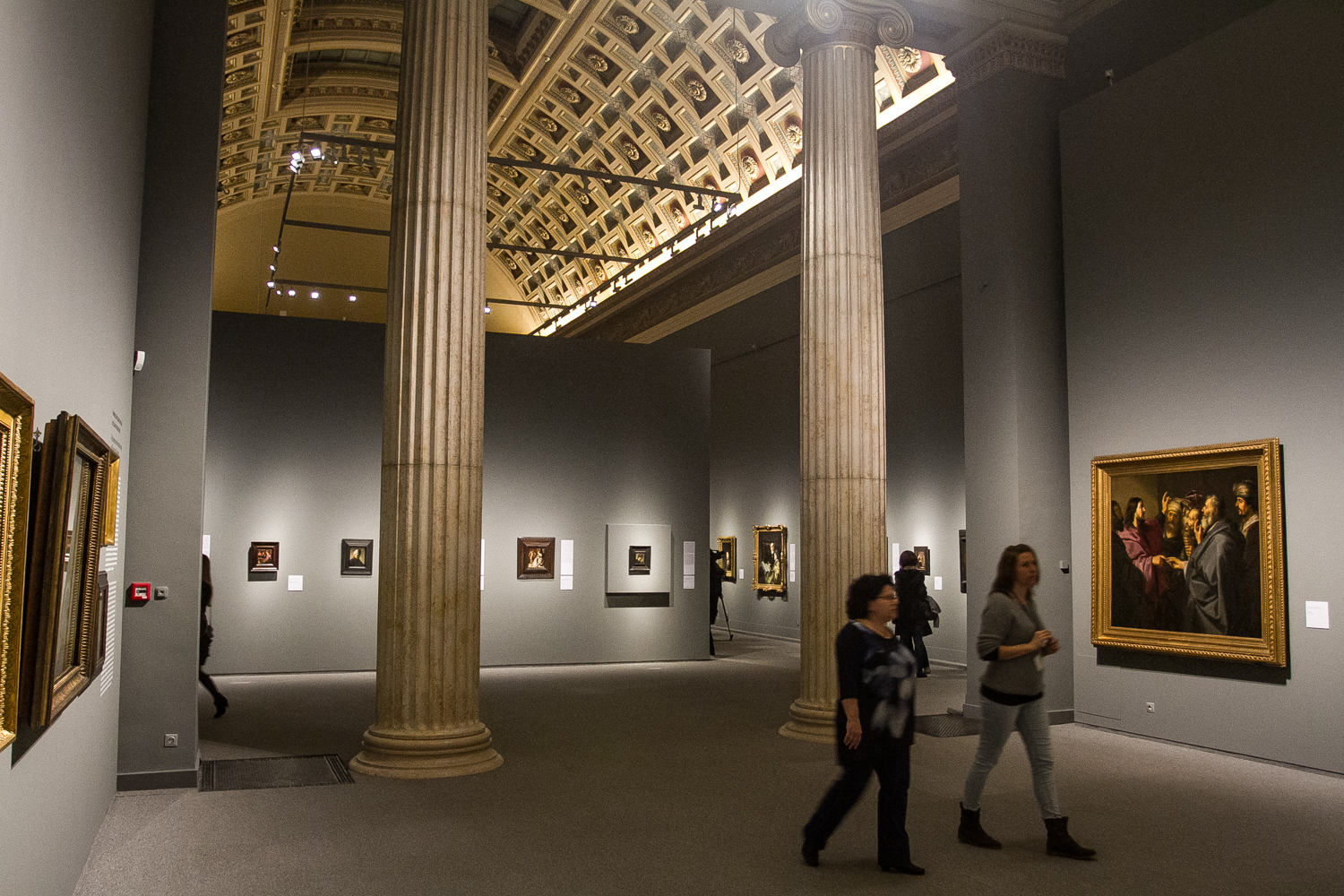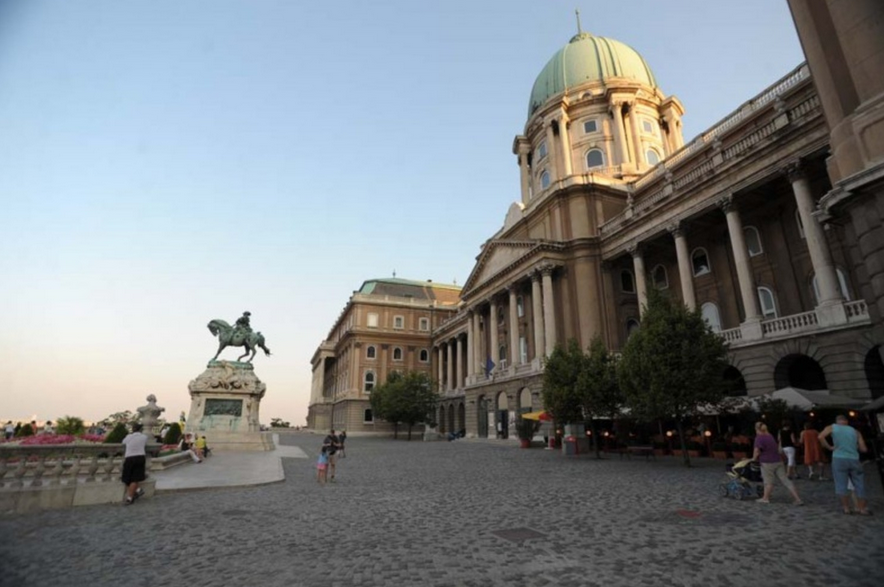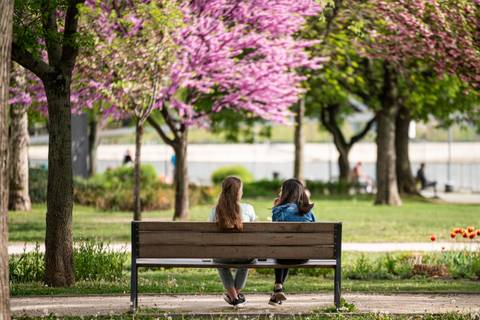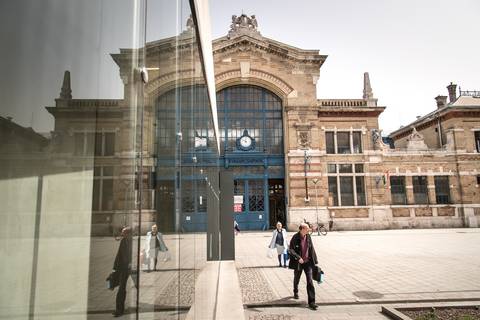We have collected the museums having the biggest exhibitions in order to make it possible for you to learn about the giants of Hungarian and foreigner fine arts.
hamburger, street food
1/5
The Hungarian National Gallery
The Hungarian National Gallery in Buda Castle is the home of works of the great Hungarian painters. This four-storey architectural masterpiece presents Hungarian fine arts from the Middle Ages to the 20th century. Permanent exhibitions on the first floor show the greatest works of Gyula Benczúr, Károly Lotz and the medieval collections, the baroque style art pieces of Pál Szinyei Merse, Mihály Munkácsy, and other members of the art school of Nagybánya.
The second floor hosts collections of Tivadar Csontváry, János Vaszary, József Rippl-Rónai and Lajos Gulácsy. If you do not have time for visiting more museums, the National Gallery is a ‘must-see’ mainly because of it is located in the Castle. The biggest exhibition of the year (November 2010 – April 2011) is The Christ Trilogy by Mihály Munkácsy. Pieces of his work arrived from all over the world, from private collectors as well. You must not miss this event.
2/5
The Hungarian National Museum
The Hungarian National Museum is our own favorite. On the stairs in front of the building, you can always see some groups of students reading, meditating, or sunbathing while trams are rattling right at their feet. Behind the stairs, you can visit the most detailed exhibition of the history of the Hungarian nation. The neoclassical style building hosts history presentations from the Establishment of the Hungarian Kingdom until 1990. There are twenty rooms displaying yurts, everyday objects, jewels, clothes, battle tools and weapons. You must see the article collection of Count István Széchenyi where you can discover the 12 points of the Hungarian revolutionaries of March 1848 that were read out loud in front of the National Museum. You can find propaganda posters from the Second World War and a real air-raid shelter.
The most touching story is about a letter in the 19th room. Samu Krets wanted to send a message to his wife from the concentration camp. The letter never found her, so it is still kept sealed in one of the glass cases of the museum. Room 20 is about communism, where you find some personal objects and the prison cell door of Imre Nagy. The same room exhibits a furnished living-room of the 1960s while you are listening to a speech of János Kádár from an old bakelite disk. The museum shows Hungarian history in a realistic concept together with all the sorrow and joy along the years. Without this knowledge, it is quite difficult to understand the country of Magyars. It is well worth a visit.
3/5
The Museum of Fine Arts
The word museum classically means The Museum of Fine Arts. It is very popular because of its permanent collections as well as the seasonal exhibitions of the real masters of art held yearly. Just remember the fascinating exhibitions of Monet and friends, Van Gogh, Picasso, Klee, Kandinsky, Hundertwasser and Turner.
The year of 2010 was about Italian paintings, including masterpieces of two hundred years, from Botticelli to Titian. The most remarkable one was the Lady with an Ermine by Leonardo da Vinci and there were many other five or six hundred-year old pieces that took visitors’ breath. Gustav Klimt and other works of the Viennese secession were pearls of Budapest in 2010. Permanent exhibitions of the museum present works of Italian, British and German painters, and its Spanish collection outstands from all.
4/5
The Museum of Ethnography
It is necessary to spend some time to visit The Museum of Ethnography if you are in the surroundings of the Parliament. The museum used to be the Palace of Justice planned by Alajos Hauszman in 1893 in an eclectic style. On the ceiling of the museum, there is a Károly Lotz fresco, which is related to the original function of the building. There are groups of people representing Justice, Peace, Sin and Revenge on the picture. The grandiose building has permanent exhibition of Hungarian folk art, traditions and lifestyle. In room 13, you are able to learn about the regions of the country from ethnographical aspects, while in the second floor you see the traditions of the other continents. The museum hosts the yearly World Press Photo exhibition, so if you are not interested in ethnography, you can find some interesting seasonal exhibitions as well while admiring every corner of this marvelous building.








